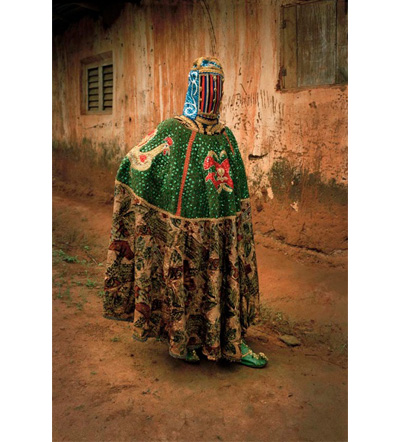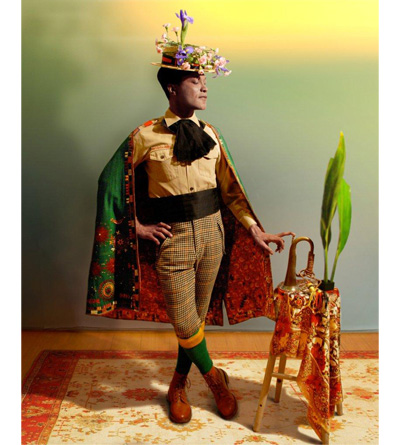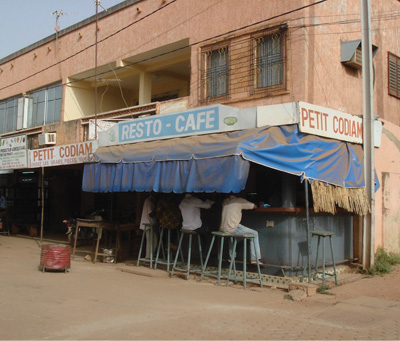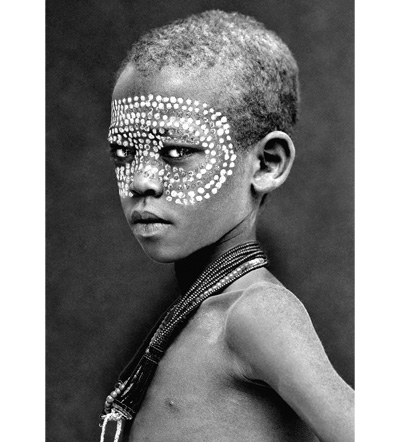
Berenice Abbott, Zito’s Bakery, 259 Bleecker Street , 1937, from Changing New York, 1935–39, gelatin silver print. The Jewish Museum, New York, Purchase: Mimi and Barry J. Alperin Fund
Small, light and fast, the Leica was the cellphone camera of its day. When it launched in the 1920s, professional photographers took to the streets with it and captured quick, spontaneous images that hadn’t been possible with their lumbering view cameras. Perhaps no group used the camera better in its early days than the New York Photo League, a ragtag band of urban photographers who were equally passionate about politics and aesthetics. In the 1930s and 40s, their documentation would provide a vibrant record of everyday life in New York City.
The Radical Camera: The New York Photo League 1936-1951, now at the Jewish Museum, pays tribute to the ninety-some photographers involved in this short-lived, feisty little organization. Notably, most Photo League members came from modest backgrounds (a lot were first-generation American Jews). Their aim was to throw light on their own poor neighborhoods and others, and by doing so, to effect social change. Not for them the beautiful, static landscapes being captured by Ansel Adams in the same years; instead, they turned their lenses on the teeming streets of the Lower East Side and Harlem, where children played in abandoned buildings and garbage littered the streets.
Slideshow




 Facebook
Facebook Permalink
Permalink Digg
Digg Reddit
Reddit LinkedIn
LinkedIn StumbleUpon
StumbleUpon Tumblr
Tumblr












